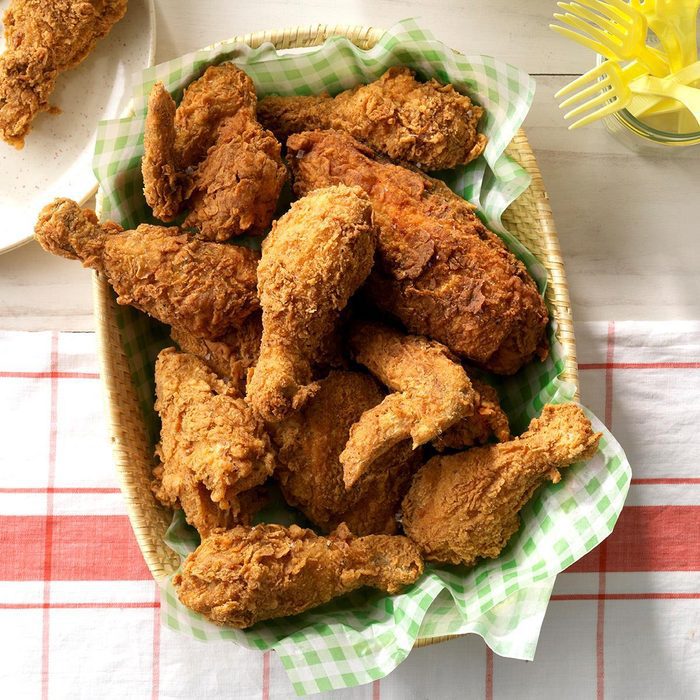Deep-frying food can seem daunting, but with some tips and tricks, anyone can master the art. Choosing oil with a high smoke point, heating it properly, and ensuring food is dry and coated in batter or flour are crucial. Food should be fried in small batches and removed once golden brown. Used oil should be properly disposed of or recycled. By following these steps, anyone can confidently fry up delicious, crispy dishes for friends and family.
Deep-Frying with Confidence: How to Perfectly Fry Up Your Favorite Foods
Deep-frying is a cooking method that requires some skill and attention to ensure that the food you cook is perfectly crispy and delicious. While it may seem daunting at first, with the right equipment and technique, anyone can master the art of frying food. Here are some tips and tricks to help beginners deep-fry with confidence and create mouth-watering dishes every time.
Choosing the Right Oil
One of the most crucial aspects of deep-frying is selecting the right oil. Choose oil that has a high smoke point, such as canola or peanut oil. The smoke point refers to the temperature at which the oil starts to smoke and break down. Oil with a high smoke point is ideal for deep-frying since it can handle high temperatures without breaking down and developing a burnt taste.
Heating the Oil Properly
Before adding your food, make sure that the oil is hot enough. If the oil is not hot enough, the food may absorb too much oil, become greasy or fail to achieve a crispy texture. Use a thermometer to check that the oil has reached the ideal temperature, which is generally between 350-375°F.
Preparing the Food for Frying
Before deep-frying anything, the food must be dry. Any excess moisture can cause the oil to splatter and create a dangerous situation. Dry the food thoroughly with a paper towel before adding it to the hot oil. It is also important to make sure that the food is coated in a layer of flour or batter before frying. The layer of flour or batter helps to protect the food, preserve its moisture and create an appealing texture.
Cooking the Food
Deep-fry the food in small batches to prevent overcrowding in the pan, which can lower the oil temperature and prevent the food from cooking evenly. The cooking time depends on the type of food being fried, but an average time is two to five minutes. When the food becomes golden brown, remove it from the oil and drain any excess oil on a paper towel-lined plate.
Caring for Used Oil
It is essential to dispose of or recycle your used cooking oil properly. Never pour used oil down the drain since it can cause clogging and expensive plumbing issues. Instead, store the used oil in a sealed container and dispose of it in the garbage once it cools. If you have large quantities of used oil, research local recycling options through your municipality or check with local automotive shops, since used oil can be used in car engines as a lubricant.
Conclusion
Deep-frying can seem intimidating at first, but with the right approach and preparation, anyone can master the art of frying food. Choosing the right oil, heating it properly, preparing the food for frying, cooking it in small batches, and caring for the used oil, are some of the essential steps to creating perfectly fried dishes every time. With a little practice and patience, you will be able to confidently serve golden crispy treats to your family and friends.
